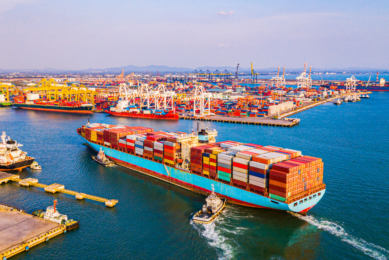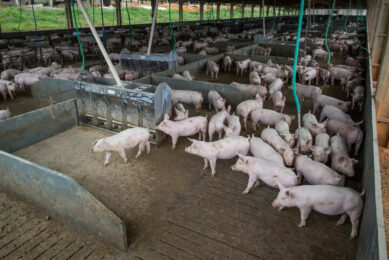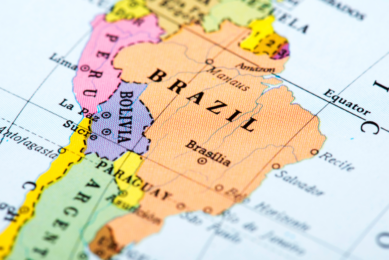Feral pigs threaten crops and pig farming in Brazil
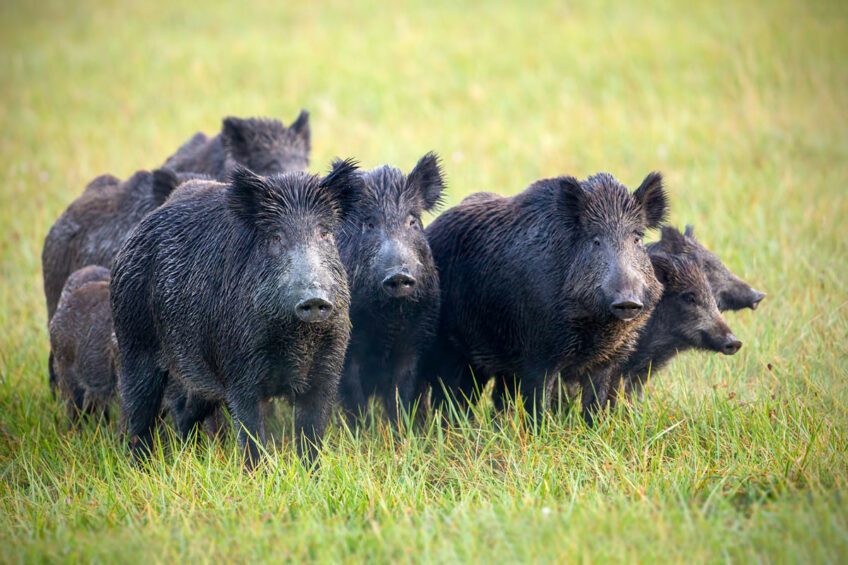
Brazil’s agriculture and livestock have a serious threat to watch: with their population growing out of control, feral pigs have become a nuisance. The animals are responsible for multi-million-dollar losses in crop fields, and are potential carriers of zoonotic diseases.
In Portuguese the feral pigs are known as “javaporcos,” a contraction of javali (wild boar) and porco (pig). The feral pig is an exotic creature in Brazil, as Sus scrofa originally did not exist on the entire American continent.
Their presence altogether present a potential risk of over €9 billion per year, according to the Brazilian Confederation of Agriculture and Livestock (CNA).
The issue has been around for over 6 decades, with the introduction of pigs for the production of meat. Some of them managed to escape over the years. They adapted, mixed and multiplied rapidly in Brazil, becoming a potential reservoir or transmission route for pig diseases.
Feral pigs from north to south
With few natural predators, the species spread over 3,500 km from south to north. That migration did not occur naturally – it followed road networks and involved “jumps” of hundreds of kilometres. Experts link the rapid feral pig spread is linked to human activities, including illegal breeding for hunting.
The Brazilian Hunters’ Association estimates that the number of these animals in the country has surpassed 3 million – a number that is not officially verified. Hunting got authorised by the Brazilian Institute of the Environment (IBAMA) in 2013 as a control strategy, but it also became a pretext for hunting tourism.
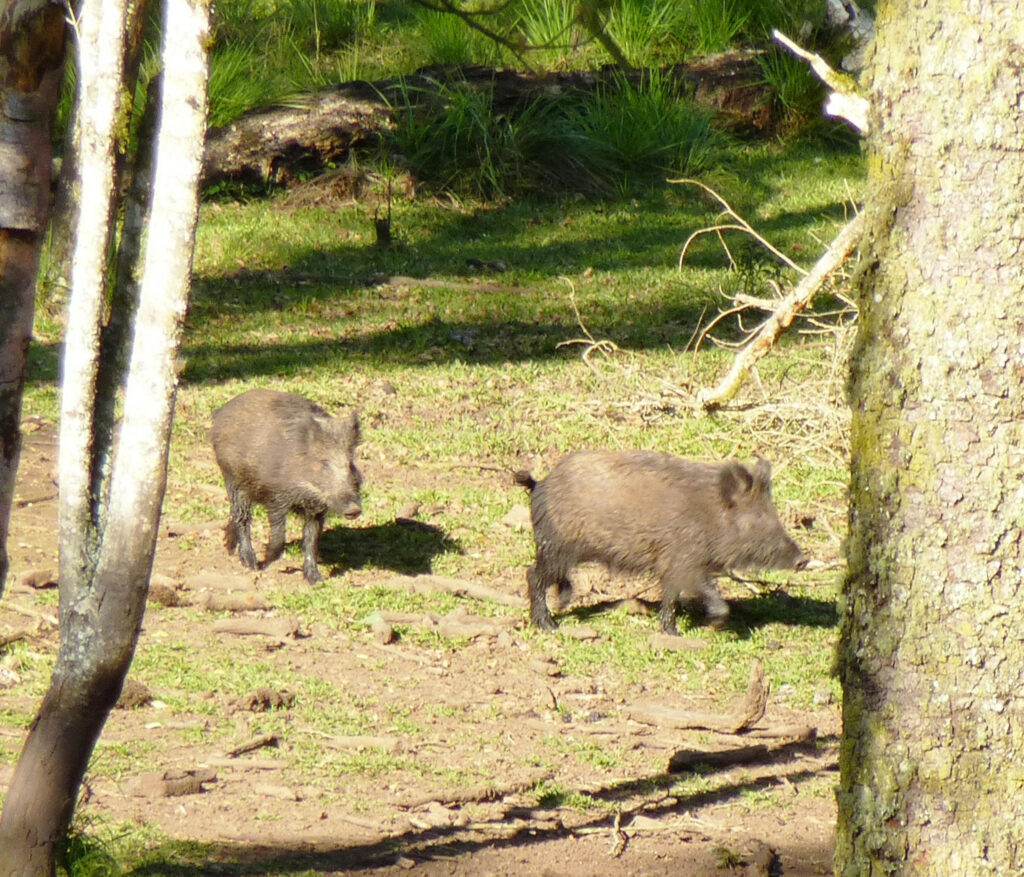
In recent years, police operations have uncovered illegal breeding sites in recent years. In Santa Catarina – Brazil’s leading pork-producing state – 21 feral pigs were seized in unlawful conditions in the municipality of Monte Carlo. Investigations revealed animals released for hunts.
Between 2019 and 2022, IBAMA released annual data on feral pig hunting. According to the agency, 333,000 animals were killed between 2019 and 2021, with 465,000 shot in 2022 alone. Since then, no new figures have been made public.
Reports of damage by feral pigs
Reports of damage are plentiful. For instance, in São Paulo state, Renato Prince, president of the Monteiro Lobato Rural Union, reported accounts of feral pigs “eating even calves.” In an interview with O Estado de S. Paulo, he stated that the region has faced this issue for 8 years, but the attacks have worsened in the past 3 years. As a dairy farmer he cultivated maize on 10 ha, but saw 70% of his crop destroyed. He switched to sorghum, which was also nearly eaten away. “In a single night, a herd of 30 to 40 javaporcos devoured the field. Our only alternative now is grass,” he said.
Another example: in the town Lucas do Rio Verde, Mato Grosso state, the local rural union reported losses of around €3.3 million due to the destruction of 3% of the planted maize area in that city.
Legal framework for hunting feral pigs
When Jair Bolsonaro was president (2019-2023), the legal framework for hunting javapigs became more flexible, making it easier to access firearms and encouraging individual control efforts. The current president Luiz Inácio Lula da Silva, however, brought new directives. As from 2023, IBAMA was forced to suspend new hunting licences. The impact was immediate, with reports of feral pig attacks rising sharply across several states.
Although IBAMA later resumed allowances with requirements for humane methods, the number of hunting licences dropped, and new criteria created legal uncertainty. In response, Brazil’s states began passing their own legislation. São Paulo and Santa Catarina introduced rules allowing year-round, unrestricted culling under specific protocols, as an emergency control strategy.
Nevertheless, the National Forum for Animal Protection and Defence challenged that at Brazil’s the supreme federal court, arguing that only the federal government has the authority to make laws on such matters. It is unclear when the court will give their feedback.




